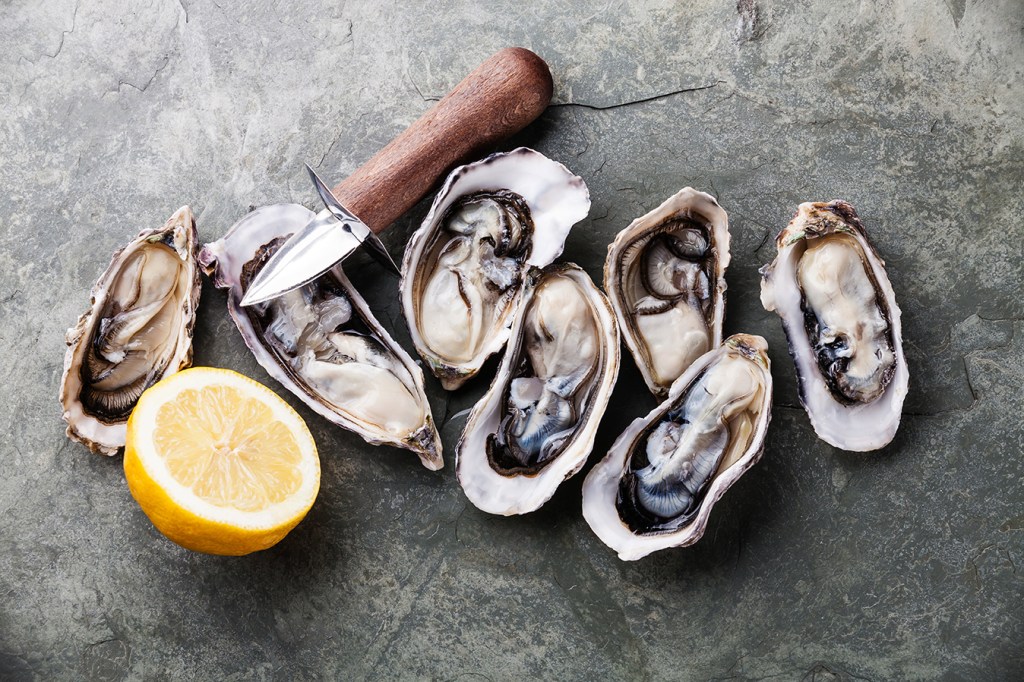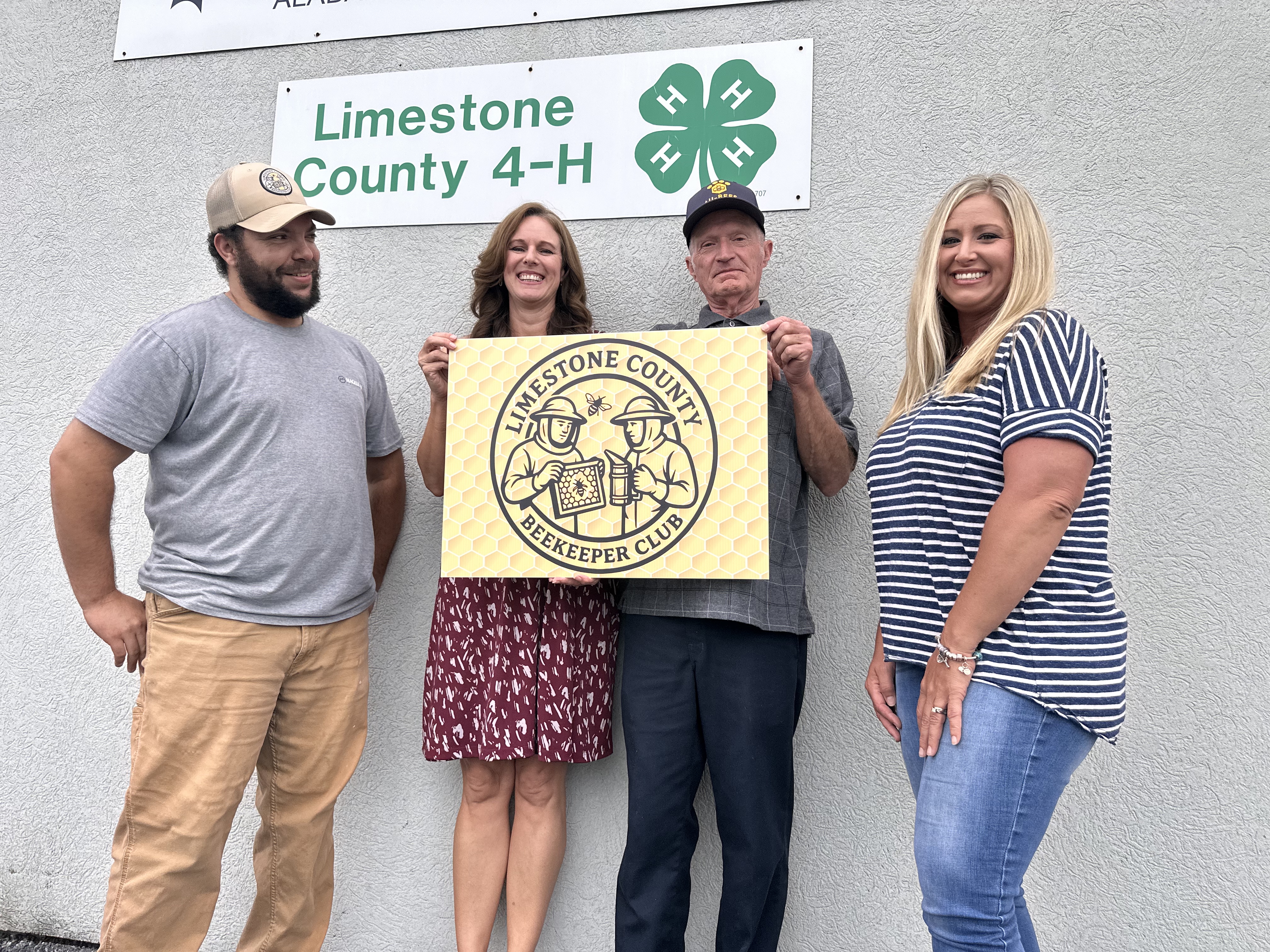Officials talk success of Gulf seafood industry
Published 6:00 am Sunday, July 9, 2017

- Oysters
It seems like eons ago when Alabama and the rest of the states on the Gulf of Mexico were collectively staring at a potential apocalypse that might eternally alter the way of life along the Gulf Coast.
The wellhead at the Macondo Prospect was uncontrollably spewing barrel after barrel of crude oil into the Gulf after the Deepwater Horizon offshore drilling rig was destroyed, and our economy and culture were hanging by the thinnest of threads in the summer of 2010.
Residents along the coast didn’t know if they would enjoy Gulf shrimp or sautéed red snapper filets ever again.
Fast forward to the summer of 2017 — Wild Gulf shrimp are plentiful and the waters off the Alabama coast are teeming with red snapper.
“The BP oil spill is so far behind us in the rearview mirror that it doesn’t even come up anymore,” said Jim Smith, the executive chef of the state of Alabama.
He made his comments last week at recent Alabama Gulf Seafood Summit in Orange Beach, where he also served as a judge in the seafood cook-off.
After the oil spill, the Alabama Seafood Marketing Commission was formed in March 2011 to help guide consumers and the seafood industry through the uncertain recovery process.
“A big portion of what we did after the oil spill was to ensure our seafood was safe,” said Chris Blankenship, acting commissioner of the Alabama Department of Conservation and Natural Resources. “I will say that during the spill and after the spill we never had a seafood sample that was unsafe.”
Blankenship did say that funding for the seafood commission is far from what it once was, and he has no idea what the future holds.
“We hope that we will gain some long-term funding through the RESTORE Act,” he said. “The language in the act specifically mentions seafood marketing. It’s just taking a little longer than we would like to get the funding.”
Oyster production
Blankenship said the demand for oysters produced through aquaculture operations on the Alabama coast is through the roof.
“We are able to sell a lot more oysters than we can produce,” he said. “One thing we’re trying to do is create an opportunity for people who want to get into the oyster aquaculture business. … This year, we are on schedule to produce about five million oysters, but I think we have a demand for about 25 million oysters.”
On an oyster-related note, the Oyster Shell Recycling Program, which cranked up last year, has been an overwhelming success. The program collects oyster shells from Alabama Gulf Coast restaurants and takes the shells to the Alabama Marine Resources Division property in Gulf Shores. After six months of seasoning, the shells are used for oyster gardening programs and to refurbish public oyster reefs. The program set a goal of two million shells collected in its first year but has already reached that goal in just six months.
— Rainer writes for the Alabama Department of Conservation and Natural Resources.





